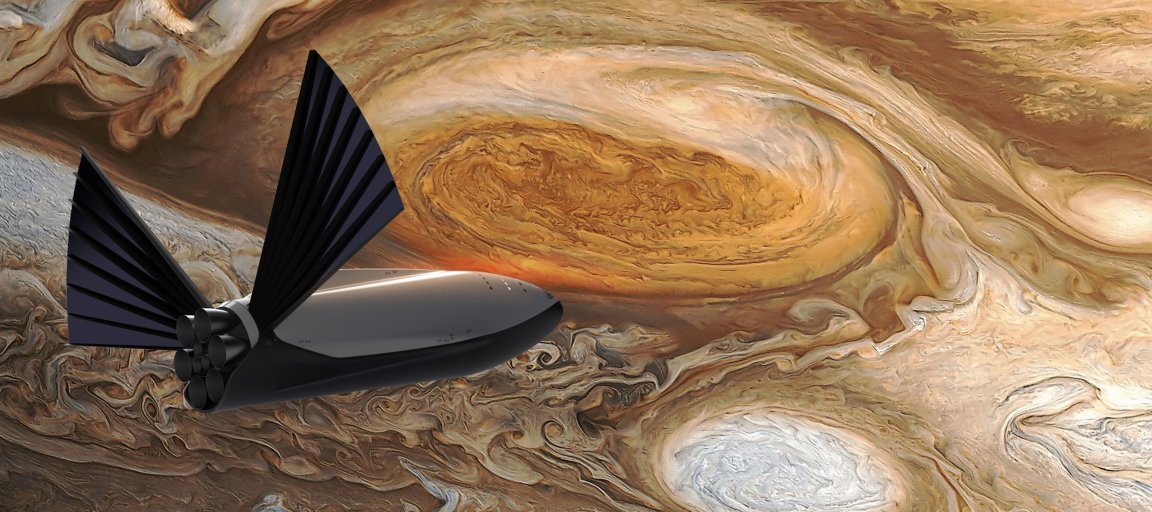
Humans have long desired to explore the vast realms of space. Today, we are finally poised to send people out into the cosmos. Indeed, a number of private and public space companies are gearing up for Space Race 2.0 — a (very expensive) competition that inches us closer to uncovering answers about our universe and exploring new realms of our own humanity.
Though they are still in the race, shifting priorities and limited budgets have undermined NASA’s lead in exploring the solar system and beyond. In the meantime, private entities like SpaceX and Virgin Galactic are flush with cash, and they are stepping up to try and engineer better, bigger, and faster rockets.
And this is a good thing because, if humans are to find life on other planets, or perhaps a new planet for ourselves, more work needs to be done. Engineers and scientists need to develop life support systems, find reliable sources of water and fuel, overcome the negative effects living in space has on the body, and find a faster way to travel.
There is still much to be done, but sending the average person to the Moon and beyond no longer seems so far out of reach. Yet, when will it finally happen? When will humans finally roam across an alien world? Here’s a comprehensive timeline of our future beyond Earth.
Late 2017: Heavy Falcon Launch
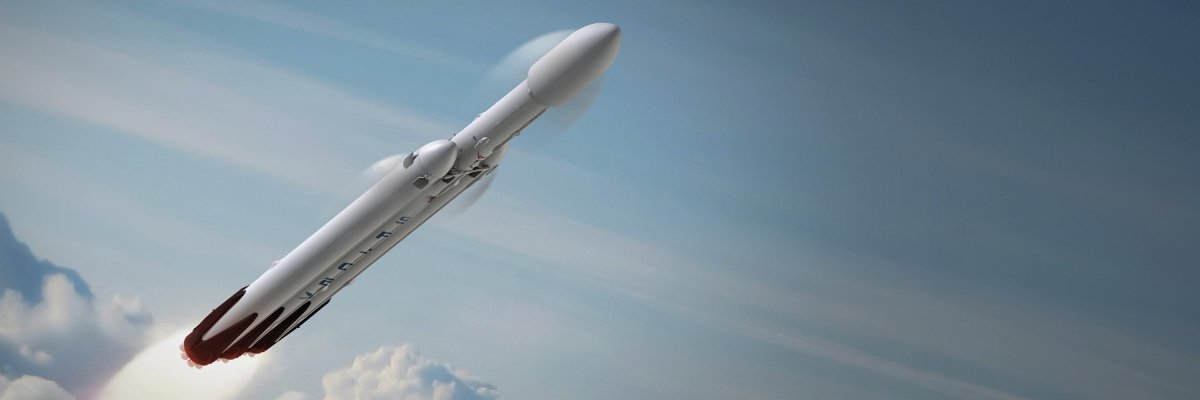
SpaceX plans to launch the Falcon Heavy for the first time before the end of 2017. Because the rocket can be reused, the Falcon Heavy rocket can deliver its payload into space at only a third of the cost of the next closest operational vehicle, the Delta IV Heavy. This lower upfront cost means that more organizations can carry out experiments in outer space. One of these experiments is the Planetary Society’s LightSail 2 solar sail that will launch on board a Heavy Falcon in early 2018.
SpaceX’s Falcon Heavy rocket lives up to its name. 27 rocket engines weigh down the 70-meter (229-foot), 1.4-metric-ton (3.1-million-pound) rocket. That’s a lot of extra weight, but the payload makes it worthwhile — the rocket can launch 63,800 kg (140,660 lbs) of equipment, cargo, and passengers into orbit around Earth. That’s more than double the weight that the Space Shuttle can haul to the same altitude.
2018: Preparing for Space Tourism
In 2018, SpaceX plans to launch more than ever before, sending 30 rockets into orbit (up from 20 in 2017). More attempts give the company more data to show how it can perfect its technology to launch rockets cheaply and securely. Eventually, this inexpensive and safe spaceflight will make space tourism finally viable. In fact, just this year, SpaceX announced that they would be sending two humans to orbit the Moon in 2018.
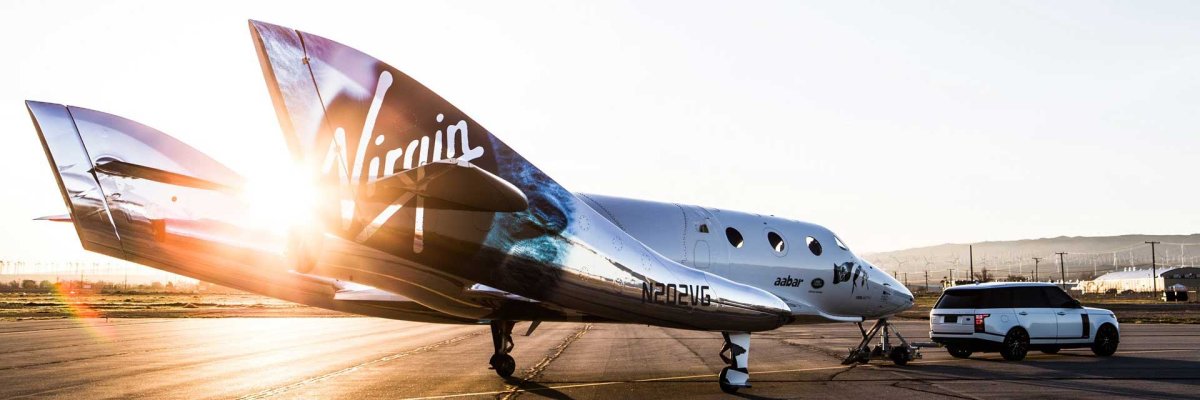
Virgin Galactic is gearing up to launch its first astronauts into space before the end of February 2018. Before it launches with passengers on board, though, the spacecraft will have to undergo a series of test flights.
The space plane, called the VSS Unity, completed its fifth ‘glide flight’ (distinct from the vertical trajectory of traditional space rockets) earlier in 2017. In the first months of 2018, it will be taking flights closer to the Karaman line, the official border between the Earth’s atmosphere and outer space located 100 km (62 miles) above the Earth’s surface.

Around that same time in early 2018, scientists will test the LightSail 2, a device that moves through space by harnessing the power of solar photons — no fuel tanks or thrusters required. The LightSail 2, a citizen-funded spacecraft and created by the Planetary Society (the largest nonprofit organization that promotes the exploration of outer space), would be a proof of concept that solar sailing could propel spacecraft deeper into space. The unmanned, light-propelled spacecraft will hitch a ride on SpaceX’s Falcon Heavy rocket before taking its test flight at an altitude of 720 km (447.4 miles).
2019: Space Tourism and Observation

Blue Origin, the spaceflight services company started by Amazon founder Jeff Bezos, recently announced that it intends to take tourists to space before April 2019. In groups of six, passengers will board an 18-meter (60-foot) rocket to the edge of space, around 100 km (62 miles) from the Earth’s surface. Once there, they will experience zero-gravity flight. Three independent parachutes and a retro-thrust system ensure that passengers will gently sail back to Earth. This experience does not come cheap — a ticket to board the New Glenn to reach Earth orbit is rumored to cost anywhere between $150,000 and $250,000. And, yet, there’s little question that people will want to sign up — Virgin Galactic, a competing space tourism project, reportedly already has 700 people signed up.
In 2019, Blue Origin plans to add two- and three-stage rockets to its arsenal. They are fully reusable, up to 99 meters (326 feet) tall, and can deliver payloads at a relatively low cost, competing with SpaceX’s Falcon Heavy rockets.

NASA also intends to launch its James Webb Telescope in the first quarter of 2019. The telescope will observe the solar system in the infrared to see every phase of the solar system’s maturation; it will ultimately be 100 times more powerful than the Hubble Space Telescope, thanks to its array of 18 hexagonal mirror segments. With a combined mirror diameter of 6.5 meters (the Hubble measures in at only 2.4), the James Webb Telescope will be able to detect events such as the formation of galaxies dating back to the time of the Big Bang. It will also have a special focus on discovering new planets that could be capable of supporting life.
2020-2025: “Earth Reliant” and Beyond
From finding evidence of liquid water to detecting organic matter in the soil of the Red Planet’s surface, the Curiosity rover has answered some fundamental questions about what it’s like on Mars.
However, that information has also sparked more questions about what other elements may be present. To this end, in an effort to establish whether oxygen is present in the Martian atmosphere, and at what concentration, Curiosity’s successor, the Mars 2020 rover, will be saddled with a host of sensors and instruments that will allow it to answer this question. Information about oxygen concentration will be important if humans are ever able to visit the Red Planet themselves, which could be possible as early as 2030.
There are other things that need to happen if we’re going to colonize other planets. NASA has established three phases that we need to complete before this is possible. In the first, which NASA calls “Earth Reliant,” we continue to test the feasibility of living in space and conduct more research aboard the ISS. In the second (“Proving Ground”), operations around the Moon will be used to establish ways to return humans to the Earth safely. With those stages complete, we will finally reach the third stage (“Earth Independent”) in which humans establish a self-sufficient colony on Mars.

Just over 50 years after humans first touched the lunar surface, NASA is gearing up to launch another manned spacecraft to go beyond the Moon. The astronauts will be on board a ship called the Orion, which will lift off using NASA’s Space Launch System (SLS), a modular heavy launch vehicle. SLS is similar to SpaceX’s Heavy Falcon and has a maximum payload of 70 to 130 metric tons (150,000 to 290,000 lbs).
First, though, the spacecraft will do a few test runs without any humans on board. The first mission, Exploration Mission-1, is slated for late 2018. The SLS will launch the unmanned craft, travel to the Moon, enter orbit about 100 km (62 miles) above the lunar surface, and use gravity to propel itself into deep, unexplored space. The goal of this mission is to see if the craft can help humans survive a trip to distant planets.
The second mission (Exploration Mission-2), planned for August 2021, will be NASA’s first manned test flight beyond the Moon. “During this mission, we have a number of tests designed to demonstrate critical functions, including mission planning, system performance, crew interfaces, and navigation and guidance in deep space,” Bill Hill, the deputy associated administrator of Exploration Systems Development at NASA Headquarters said in a 2016 NASA blog.
To gain enough momentum to make the trip around the Moon, the spacecraft will have to make multiple orbits around Earth, occasionally igniting its thrusters. During its stable orbit of the Moon, the Orion will gather data and test the spacecraft’s capabilities for interplanetary flight.
2022: Making Mars Habitable
While NASA spends the 2020s exploring how to best keep humans healthy in space, SpaceX plans to start putting down the infrastructure for humans to colonize it. SpaceX anticipates completing its first 54.6-million-km (33.9-million-mile) trip to Mars in 2022.

In his update earlier this year, Elon Musk revealed plans for a rocket that is far bigger and more powerful than NASA’s Space Launch System and even his agency’s own Falcon Heavy — the BFR. A rocket that big would have enough space for fuel to take humans to Mars, or even allow for Earth-based city-to-city travel.
With a maximum payload of 150 tons, the enormous 106-meter (347.7-feet) rocket would break the current record for biggest payload (including cargo, fuel, and passengers) launched into orbit, while providing the lowest cost for each additional launch.
To reach the Moon, the BFR would launch from the Earth’s surface, transfer propellant from fuel depots previously stationed in Earth’s orbit, accelerate in orbit, pick up an injection of fuel for the remaining distance to the lunar surface on the way, and land. SpaceX plans to refuel the rocket once it is in orbit in order to extend its range and payload capacity so that it can return safely to Earth.
Tests have already shown that it’s possible to refuel rockets in space. NASA conducted the Robotic Refueling Mission in 2011, and it successfully completed a robot-actuated propellant transfer on an exposed platform of the International Space Station.

By 2022, SpaceX expects to land at least two cargo ships on Mars in order to establish a habitat for humans. The primary goal of those initial missions is to find a reliable source of water on the Martian surface.
2024: Manned Missions on the BFR
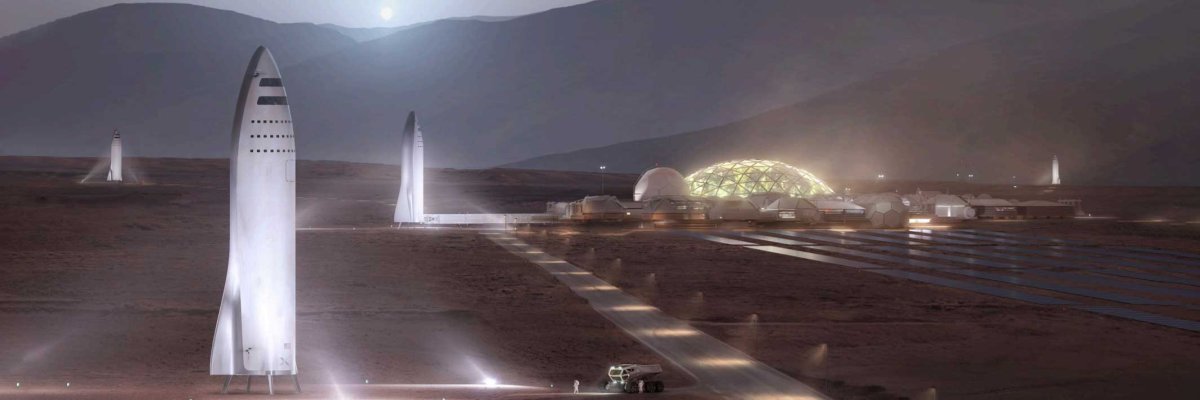
Two years after those cargo ships establish an infrastructure, SpaceX plans to send humans to inhabit a colony on Mars. The passengers aboard the BFR’s 40-cabin Mars transit module will be the first to make the unprecedented trip.
This is, Musk would probably admit, an aggressive timeline. And it may not work in SpaceX’s favor: Due to planetary alignments and other factors such as solar power requirements and fuel limitations, the launch window of Earth-Mars travel is only a few weeks, according to Wired. And that’s assuming that all the other pieces fall perfectly into place — neither the BFR nor its predecessor, the Falcon Heavy, has yet had a successful launch.
Should the BFR mission make it to Mars, it will contain the materials to construct a propellant production plant as part of its Martian colony. The plan would suck carbon dioxide from the atmosphere and turn it into deep-cryo CO4 fuel using solar power.
2025-2030: A Year in Space
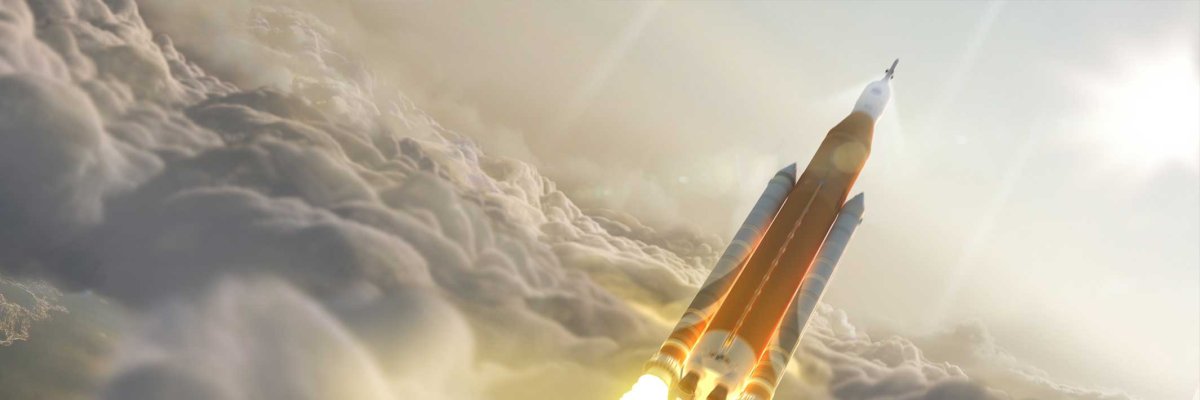
SpaceX might be ready to send humans to live in space by the early 2020s, but NASA is a little more cautious. The government space agency is planning to put astronauts into orbit for a year to find out if humans are indeed ready to live on a different planet.
In March 2016, NASA astronaut Scott Kelly completed a similar year-long mission aboard the ISS to test the effects of zero gravity on the human body and what that will mean for future space travel to Mars. Unlike Kelly’s mission, however, NASA’s 2021 mission will put astronauts in orbit around the Moon. They’ll be in a “deep-space gateway” — a small ISS-like station that will serve as a testing ground for future deep space missions, including later missions to Mars. It will be built over five earlier missions, four of them with humans aboard. The effects of spending a year in lunar orbit on the human body, caused by factors such as different day-night cycles and solar radiation, are still unknown.
2030s: NASA Sends Humans to Mars
Five years after SpaceX’s manned missions to Mars, NASA plans to send its own spacecraft to the Red Planet. Using data and samples from the Curiosity and Mars 2020 rovers, NASA will first establish how humans could sustain themselves on the Martian surface before sending manned spacecraft from its deep-space gateway to do so.